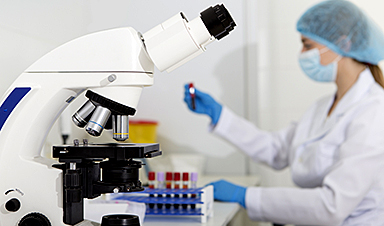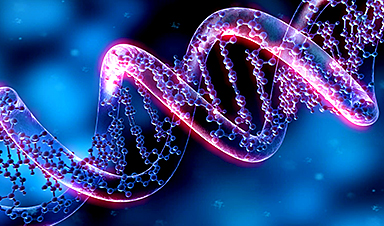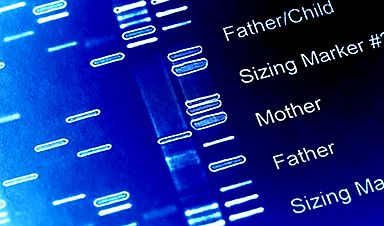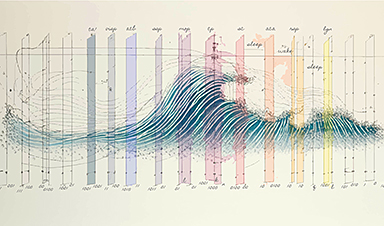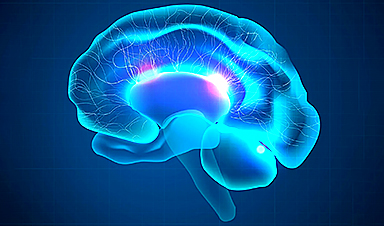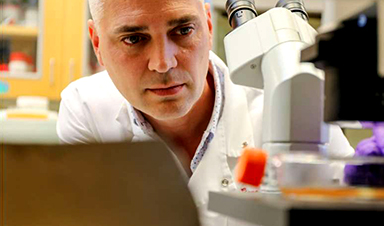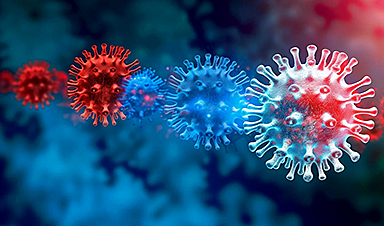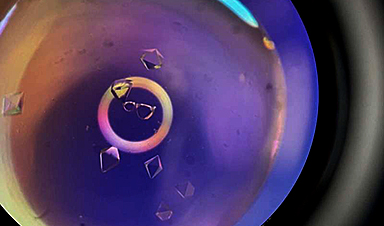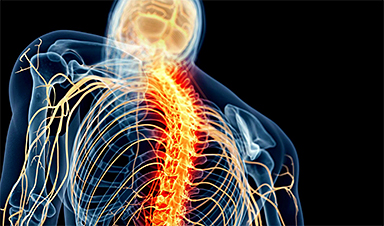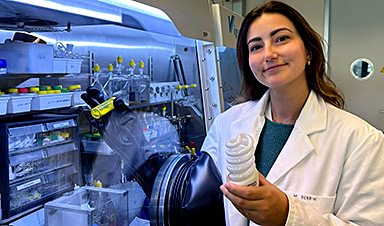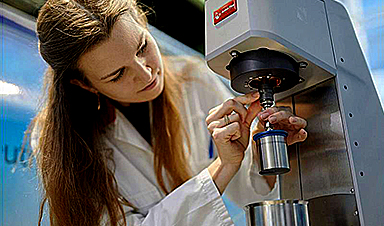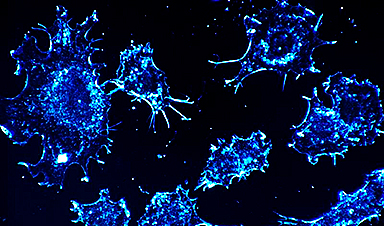In a recent study posted to the medRxiv* preprint server, researchers assessed the infectious capacity of severe acute respiratory syndrome coronavirus 2 (SARS-CoV-2) in plasma and red blood cells (RBCs), ascertaining its role in SARS-CoV-2 dissemination.
Background
Coronavirus disease 2019 (COVID-19) is a multisystemic illness affecting respiratory and non-respiratory organs. Studies have reported that SARS-CoV-2 infections are related to several hematological diseases; however, data on how SARS-CoV-2 can navigate to different tissues are limited.
About the study
In the present study, researchers investigated the association between viral organotropism and clinical manifestations employing the prototypical CoV in the naturally occurring host, the murine hepatitis virus (MHV)-A59 model.
Quantitative reverse-transcription-polymerase chain reaction (RT-qPCR) and viral infectivity analysis were performed. The plasma and RBC-enriched fractions were compared.
Further, in silico computational docking analysis was performed to investigate the potential interaction between heme (and heme-associated molecules) and murine hepatitis virus spike protein.
Sera and nasopharyngeal swabs of 37 RT-qPCR-confirmed COVID-19 patients were obtained. SARS-CoV-2 ribonucleic acid (RNA) was extracted to qualitatively and quantitatively detect SARS-CoV-2.
Kidney, heart, lung, and liver tissues were obtained from autopsies performed on eight individuals with COVID-19-associated deaths. BALB/cJ mice were used for the in vivo experiments, infected with MHV by intraperitoneal injection, and treated with hemin and chloroquine, individually and in combination.
Murine lung, liver, heart, kidney, spleen, pancreas, and brain tissues were obtained for RT-qPCR and infectious SARS-CoV-2 particle evaluation. Blood samples were obtained for biochemistry-related and hematological assessments before and after infection.
Plaque assays were performed to assess viable SARS-CoV-2 particles. The team compared the results with real-world information on SARS-CoV-2-positive individuals, including autopsies of individuals deceased due to COVID-19.
Results
The mean age of the participants was 56 years, and 68% (n=19) were men. SARS-COV-2 ribonucleic acid was detected in the sera of 23% of the patients, whereas all individuals had multiple SARS-CoV-2-positive nasopharyngeal swabs.
Of note, SARS-CoV-2 ribonucleic acid was detected in the kidneys and heart of individuals, in addition to in the lungs of individuals deceased due to COVID-19.
SARS-CoV-2 infectivity and RT-qPCR findings showed SARS-CoV-2 ribonucleic acid and infectious SARS-CoV-2 particles’ presence in several organs and tissues, including the lung, liver, heart, brain, spleen, kidney, blood, and pancreas.
Greater viral loads, monocyte proportions, neutrophil proportions, platelet-to-lymphocyte ratio (PLR), and neutrophil-to-lymphocyte ratio (NLR) were observed post-infection, with lowered erythrocyte count, hemoglobin levels, hematocrit, leukocyte counts, lymphocyte proportion, and platelet counts among infected mice.
Of note, combining chloroquine and hemin treatment attenuated the clinical presentation of the infection. Computational docking showed that heme could bind with the murine hepatitis virus spike protein similarly to SARS-CoV-2. SARS-CoV-2 RNA was detected at high viral loads in all pulmonary samples, but in only 14% of cardiac samples, and to some extent, in the kidneys, at low viral loads.
MHV infection significantly reduced the weight of infected mice, and SARS-CoV-2 RNA was most abundant in mice’s lungs, liver, spleen, and brain. SARS-CoV-2 particles, obtained from various organs, were infectious, as determined by the viral infectivity assays.
Hepatic parameters, including total protein, globulin, and albumin, were lowered, whereas aspartate aminotransferase (AST) and alanine transaminase (ALT) levels rose post-infection. Concerning the kidneys, the blood urea nitrogen (BUN) level increased significantly following infection.
Among the murine animals infected with MHV, the weight of the heart was lower, whereas that of the spleen was greater than in the control mice. MHV was primarily detected in the RBC fraction and negatively affected the blood biochemistry.
Viral loads and viral titers were greater in the erythrocyte-enriched fraction than in the plasma-enriched blood fraction. Hemin enhanced CoV RNA abundance systemically and increased SARS-CoV-2 particles in erythrocytes.
Combined hemin and chloroquine treatment reversed the enhanced infection phenotype observed with hemin treatment alone. Of interest, RT-qPCR findings indicated that hemin-treated and murine animals infected with MHV had significantly greater SARS-CoV-2 RNA abundance in the lung, liver, kidneys, and heart, with slightly greater abundance in the brain than the uninfected and untreated mice.
The combined treatment reversed coV-induced effects on hematological parameters. The findings indicated SARS-CoV-2 presence in the blood compartment, in RBC and plasma, elevation in viral particles from both fractions under hemin treatment, and the counteracting effect when both drugs, hemin, and chloroquine, were administered.
Conclusion
Overall, the study findings showed multiple organ involvement combined with mechanisms of RBC and hematological dysregulation that may favor SARS-CoV-2 infection and shed light on the probable implications of infectious SARS-CoV-2 particles presence in erythrocytes of SARS-CoV-2-positive individuals.
The study findings indicated possible ways SARS-CoV-2 may induce hemolysis, sequestering heme and hitch-hicking its way into multiple organs, supporting the involvement of multiple organs in COVID-19 via interaction with erythrocyte hemoproteins.
News
The Silent Battle Within: How Your Organs Choose Between Mom and Dad’s Genes
Research reveals that selective expression of maternal or paternal X chromosomes varies by organ, driven by cellular competition. A new study published today (July 26) in Nature Genetics by the Lymphoid Development Group at the MRC [...]
Study identifies genes increasing risk of severe COVID-19
Whether or not a person becomes seriously ill with COVID-19 depends, among other things, on genetic factors. With this in mind, researchers from the University Hospital Bonn (UKB) and the University of Bonn, in [...]
Small regions of the brain can take micro-naps while the rest of the brain is awake and vice versa
Sleep and wake: They're totally distinct states of being that define the boundaries of our daily lives. For years, scientists have measured the difference between these instinctual brain processes by observing brain waves, with [...]
Redefining Consciousness: Small Regions of the Brain Can Take Micro-Naps While the Rest of the Brain Is Awake
The study broadly reveals how fast brain waves, previously overlooked, establish fundamental patterns of sleep and wakefulness. Scientists have developed a new method to analyze sleep and wake states by detecting ultra-fast neuronal activity [...]
AI Reveals Health Secrets Through Facial Temperature Mapping
Researchers have found that different facial temperatures correlate with chronic illnesses like diabetes and high blood pressure, and these can be detected using AI with thermal cameras. They highlight the potential of this technology [...]
Breakthrough in aging research: Blocking IL-11 extends lifespan and improves health in mice
In a recent study published in the journal Nature, a team of researchers used murine models and various pharmacological and genetic approaches to examine whether pro-inflammatory signaling involving interleukin (IL)-11, which activates signaling molecules such [...]
Promise for a universal influenza vaccine: Scientists validate theory using 1918 flu virus
New research led by Oregon Health & Science University reveals a promising approach to developing a universal influenza vaccine—a so-called "one and done" vaccine that confers lifetime immunity against an evolving virus. The study, [...]
New Projects Aim To Pioneer the Future of Neuroscience
One study will investigate the alterations in brain activity at the cellular level caused by psilocybin, the psychoactive substance found in “magic mushrooms.” How do neurons respond to the effects of magic mushrooms? What [...]
Decoding the Decline: Scientific Insights Into Long COVID’s Retreat
Research indicates a significant reduction in long COVID risk, largely due to vaccination and the virus’s evolution. The study analyzes data from over 441,000 veterans, showing lower rates of long COVID among vaccinated individuals compared [...]
Silicon Transformed: A Breakthrough in Laser Nanofabrication
A new method enables precise nanofabrication inside silicon using spatial light modulation and laser pulses, creating advanced nanostructures for potential use in electronics and photonics. Silicon, the cornerstone of modern electronics, photovoltaics, and photonics, [...]
Caught in the actinium: New research could help design better cancer treatments
The element actinium was first discovered at the turn of the 20th century, but even now, nearly 125 years later, researchers still don't have a good grasp on the metal's chemistry. That's because actinium [...]
Innovative Light-Controlled Drugs Could Revolutionize Neuropathic Pain Treatment
A team of researchers from the Institute for Bioengineering of Catalonia (IBEC) has developed light-activated derivatives of the anti-epileptic drug carbamazepine to treat neuropathic pain. Light can be harnessed to target drugs to specific [...]
Green Gold: Turning E-Waste Into a Treasure Trove of Rare Earth Metals
Scientists are developing a process inspired by nature that efficiently recovers europium from old fluorescent lamps. The approach could lead to the long-awaited recycling of rare earth metals. A small molecule that naturally serves [...]
Cambridge Study: AI Chatbots Have an “Empathy Gap,” and It Could Be Dangerous
A new study suggests a framework for “Child Safe AI” in response to recent incidents showing that many children perceive chatbots as quasi-human and reliable. A study has indicated that AI chatbots often exhibit [...]
Nanoparticle-based delivery system could offer treatment for diabetics with rare insulin allergy
Up to 3% of people with diabetes have an allergic reaction to insulin. A team at Forschungszentrum Jülich has now studied a method that could be used to deliver the active substance into the [...]
Nanorobot kills cancer cells in mice with hidden weapon
Researchers at Karolinska Institutet in Sweden have developed nanorobots that kill cancer cells in mice. The robot's weapon is hidden in a nanostructure and is exposed only in the tumor microenvironment, sparing healthy cells. [...]
